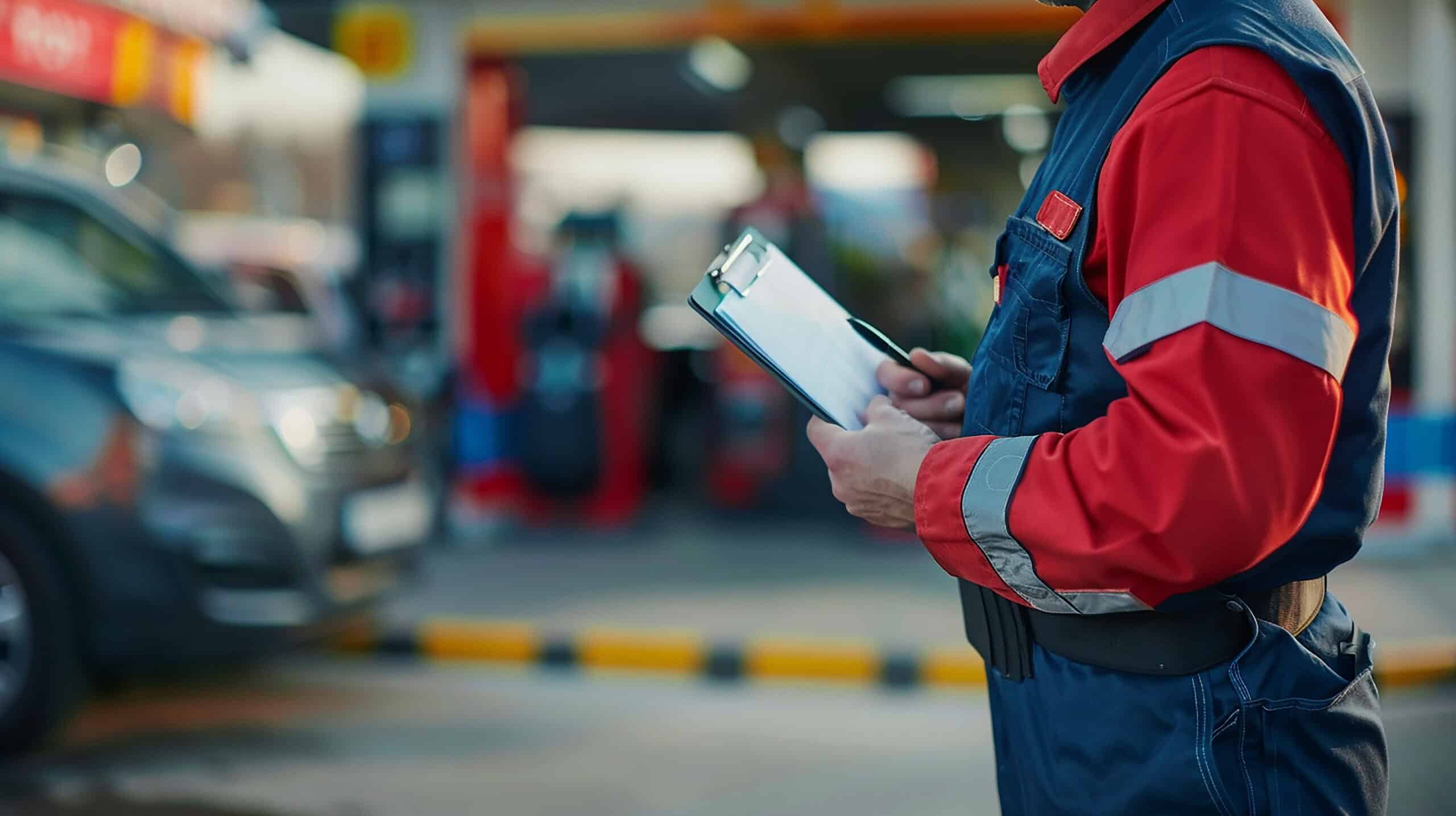While gas stations play a crucial role in the lives of most consumers, modernizing the infrastructure that keeps them operational is often overlooked. Over time, this oversight can lead to significant safety and environmental risks. Among the often overlooked aspects of aging infrastructure are the risks associated with aging underground storage tanks (USTs). Aging USTs not only pose a financial risk due to potential revenue loss from fuel leaks but also pose a far more substantial threat when they contribute to environmental damage.
The Hidden Dangers of Aging USTs
Many gas stations across the country still rely on USTs that have been in service for several decades. These tanks are typically constructed from steel, which can corrode over time due to exposure to groundwater and chemicals that may be present in the surrounding soil. Prolonged exposure to these corrosive elements can result in leaks, spills, and soil and groundwater contamination. This contamination can pose serious health risks to gas station employees, customers, and nearby properties.
Prioritizing Safety and Environmental Remediation
The primary reason to upgrade an aging UST lies in ensuring safety and preventing environmental harm. The process of upgrading extends beyond merely replacing old tanks. It also involves comprehensive soil testing and adherence to prevailing regulatory standards. Soil testing identifies contamination caused by leaks, enabling prompt remediation when necessary.
Benefits of UST Upgrades: Enhanced Corrosion Resistance and Remote Monitoring
Upgrading an aging UST offers several advantages that extend beyond safety and environmental concerns. Modern tanks are constructed from materials that provide superior corrosion resistance and leak prevention compared with steel, offering an extended service life while reducing the risk of catastrophic failure.
Many modern tanks come equipped with remote monitoring capabilities. These capabilities offer real-time data on tank levels, temperature, pressure, and potential leaks. The way the technology works is data from the tank are transmitted to a central monitoring station for analysis, enabling timely recommendations and interventions. Station owners can respond promptly to any issues, minimizing downtime, reducing repair costs, and averting potential disasters.
EPA Deadline Nears: Upgrade Single-Wall Tanks
The urgency of addressing aging USTs is underscored by the Environmental Protection Agency’s (EPA) deadline for single-wall tanks. These tanks, lacking the secondary containment of double-wall tanks, present a higher risk of leaks and contamination. Effective in 2024 or 2025, depending on specific regulations, single-wall tanks that are no longer in service must either be upgraded to meet current standards, or they must be removed entirely. This deadline emphasizes the regulatory imperative to enhance the safety and environmental impact of aging gas station infrastructure.
As society continues to rely on gas stations as a fuel source for our transportation needs, station owners must tackle the challenges of aging infrastructure, especially USTs. Upgrading these tanks goes beyond enhancing business efficiency; it’s about safeguarding our environment, preserving public health, and embracing technological advancements that can make your business safer and more sustainable. The impending EPA deadline for single-wall tanks serves as a clear reminder that the time to act is now.





